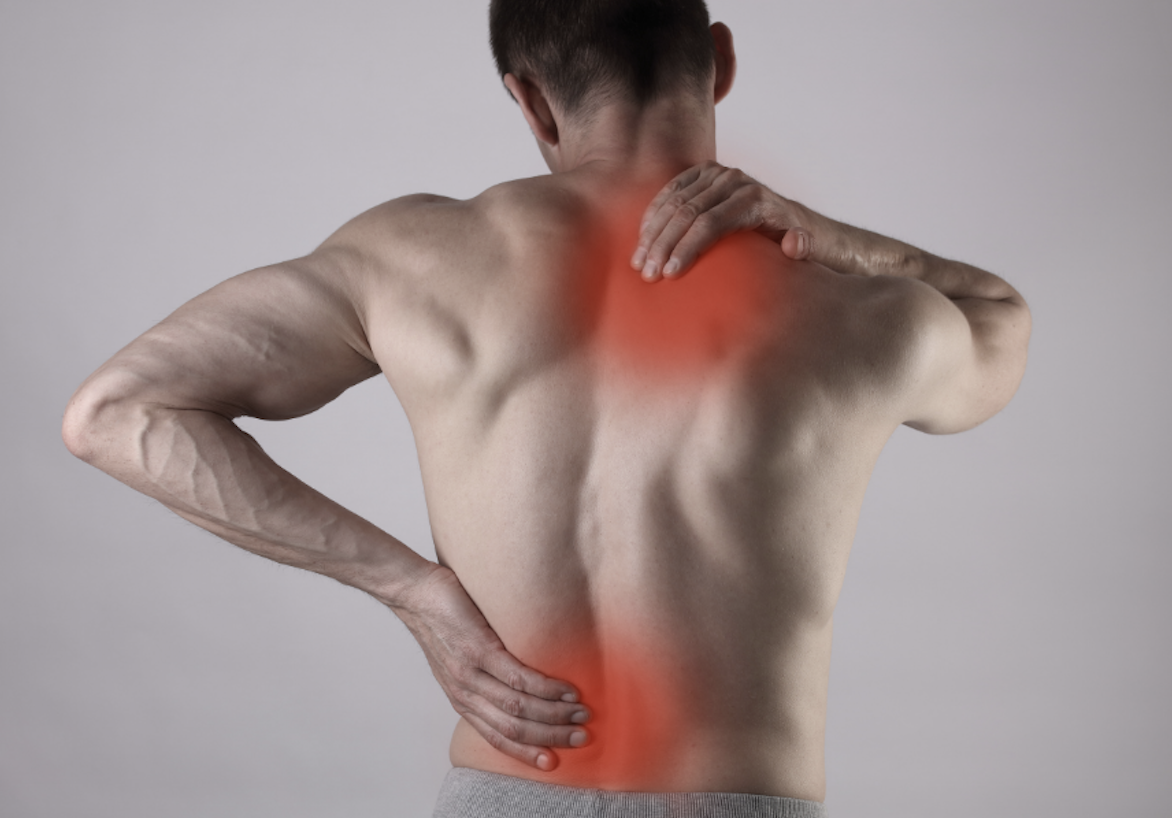What is inflammation, and how does it affect our health?
Inflammation is a series of cellular responses that result from our bodies reacting to tissue damage or infection 2,3,5,7,10,12. Keeping bodily inflammation in check is crucial to living a healthy life 7,12. Small amounts of inflammation are normal and even beneficial — the chemicals produced by inflammatory cellular responses can fight off infections from viruses or bacteria, stimulate cells to help injuries heal faster, and tell us when to rest and recover from strenuous activities 5,7,10,12. However, constant or chronic inflammation can cause further damage to our bodies, accelerate aging, and disrupt our ability to heal and recover from injuries 4,5,7,9,10,12.
Many common treatments for excessive inflammation can have harsh side effects or other shortcomings 13. For example, non-steroidal anti-inflammatory drugs (NSAIDs) such as Ibuprofen or Advil can damage our stomach and intestinal lining with excessive use, which may lead to ulcers and internal bleeding 13. Icing and other methods to reduce pain can offer temporary relief but do not promote lasting, cellular healing11. Studies have shown that Light Therapy does not cause any of the side effects associated with traditional anti-inflammatory treatments and can provide more effective relief from inflammation and its symptoms at the cellular level 1,2,6,8.
"Researchers have found ways to harness the power of light to provide a safe and side-effect-free source of inflammation relief using a process known as photobiomodulation"1,2,7,8,12
How does Light Therapy reduce inflammation?
Photobiomodulation (PBMT) is the key modality used in Light Therapy, in which near-infrared and red light alleviates cellular inflammation, providing relief and promoting natural healing7,12. One of the main drivers of chronic inflammation comes from one of our cells' components that produce energy, the mitochondria3. As humans, we require oxygen to power our mitochondria, and when these cellular components make energy, they create a waste product called reactive oxygen species (ROS)3. A buildup of these ROS leads to oxidative stress in our cells, interfering with their ability to regulate inflammation 3.
Scientists have found that near-infrared light can pass harmlessly through our skin, neutralizing ROS buildups, 12. As these ROS are neutralized, they can no longer cause damage to our cellular structures, reducing oxidative stress and relieving chronic inflammation 7,12.
"The team at Lighthouse Health are experts at administering Light Therapy and guiding clients to health through scientifically sound, natural methods."
Lighthouse Health uses FDA-registered Light Therapy full body pods and targeted cold lasers to induce photobiomodulation, with the goals of restoring cellular function, easing inflammation-related pain, and boosting overall health 5,7,10,12. Studies have found that photobiomodulation can be risk-free and is not associated with adverse side effects, unlike other anti-inflammatory treatments5,7,10,12. While many treatments offer temporary relief for pain and other ailments, Light Therapy can offer lasting health benefits at the cellular level and leave you feeling rejuvenated 5,7,10,12!
Book a free introductory session with Lighthouse Health today to see how we can help you reduce inflammation and boost your health! For the latest news and updates on Light Therapy, check out our educational content and follow us on social media here.
References and Cited Works:
Avci, P., Gupta, A., Sadasivam, M., Vecchio, D., Pam, Z., Pam, N., & Hamblin, M. R. (2013). Low-level laser (light) therapy (LLLT) in skin: Stimulating, healing, restoring. Seminars in Cutaneous Medicine and Surgery, 32(1), 41–52.
Bungart, B. L., Dong, L., Sobek, D., Sun, G. Y., Yao, G., & Lee, J. C. (2014). Nanoparticle-emitted light attenuates amyloid-β-induced superoxide and inflammation in astrocytes. Nanomedicine: Nanotechnology, Biology and Medicine, 10(1), 15-17
Cadet, J., & Wagner, J. R. (2013). DNA Base Damage by Reactive Oxygen Species, Oxidizing Agents, and UV Radiation. Cold Spring Harbor Perspectives in Biology, 5(2). https://doi.org/10.1101/cshperspect.a012559
Eming, S. A., Krieg, T., & Davidson, J. M. (2007). Inflammation in wound repair: molecular and cellular mechanisms. Journal of Investigative Dermatology, 127(3), 514-525.
Franceschi, C., & Campisi, J. (2014). Chronic inflammation (inflammaging) and its potential contribution to age-associated diseases. The Journals of Gerontology. Series A, Biological Sciences and Medical Sciences, 69 Suppl 1, S4-9. https://doi.org/10.1093/gerona/glu057
Hamblin, M. R. (2017a). Mechanisms and applications of the anti-inflammatory effects of photobiomodulation. AIMS Biophysics, 4(3), 337–361. https://doi.org/10.3934/biophy.2017.3.337
Inflammation—Latest research and news | Nature. (n.d.). https://www.nature.com/subjects/inflammation#targetText=Inflammation,swelling%20and%20disturbance%20of%20function.
Mitrofanis, J., & Jeffery, G. (2018). Does photobiomodulation influence ageing?. Aging (Albany NY), 10(9), 2224.
NCI Dictionary of Cancer Terms [NciAppModulePage]. (2011, February 2). Retrieved September 9, 2019, from National Cancer Institute website: https://www.cancer.gov/publications/dictionaries/cancer-terms
Pahwa, R., Goyal, A., Bansal, P., & Jialal, I. (2020). Chronic inflammation. StatPearls [Internet].
Singh, D. P., Barani Lonbani, Z., Woodruff, M. A., Parker, T. J., Steck, R., & Peake, J. M. (2017). Effects of Topical Icing on Inflammation, Angiogenesis, Revascularization, and Myofiber Regeneration in Skeletal Muscle Following Contusion Injury. Frontiers in Physiology, 8.
Sun, G., & Tunér, J. (2004). Low-level laser therapy in dentistry. Dental Clinics of North America, 48(4), 1061-76.
Sostres, C., Gargallo, C. J., Arroyo, M. T., & Lanas, A. (2010). Adverse effects of non-steroidal anti-inflammatory drugs (NSAIDs, aspirin and coxibs) on upper gastrointestinal tract. Best Practice & Research. Clinical Gastroenterology, 24(2), 121–132. https://doi.org/10.1016/j.bpg.2009.11.005
